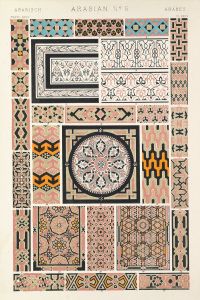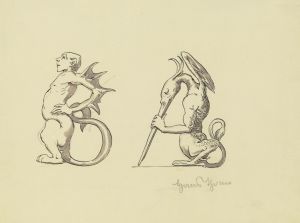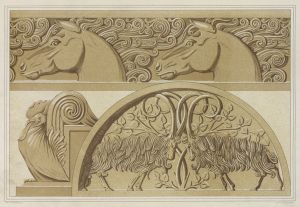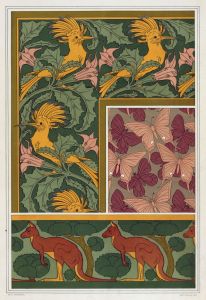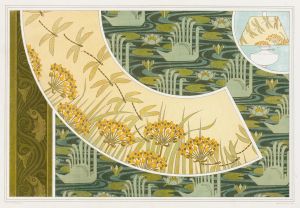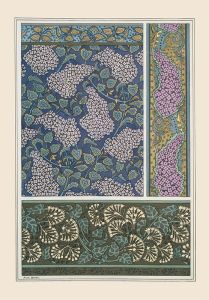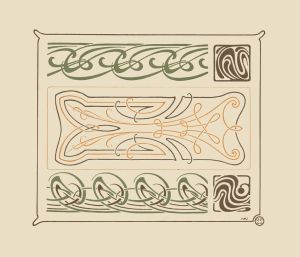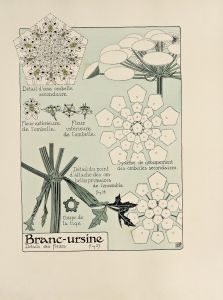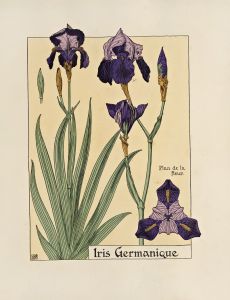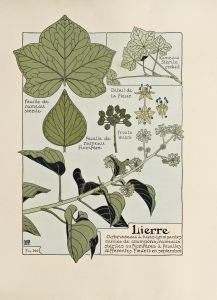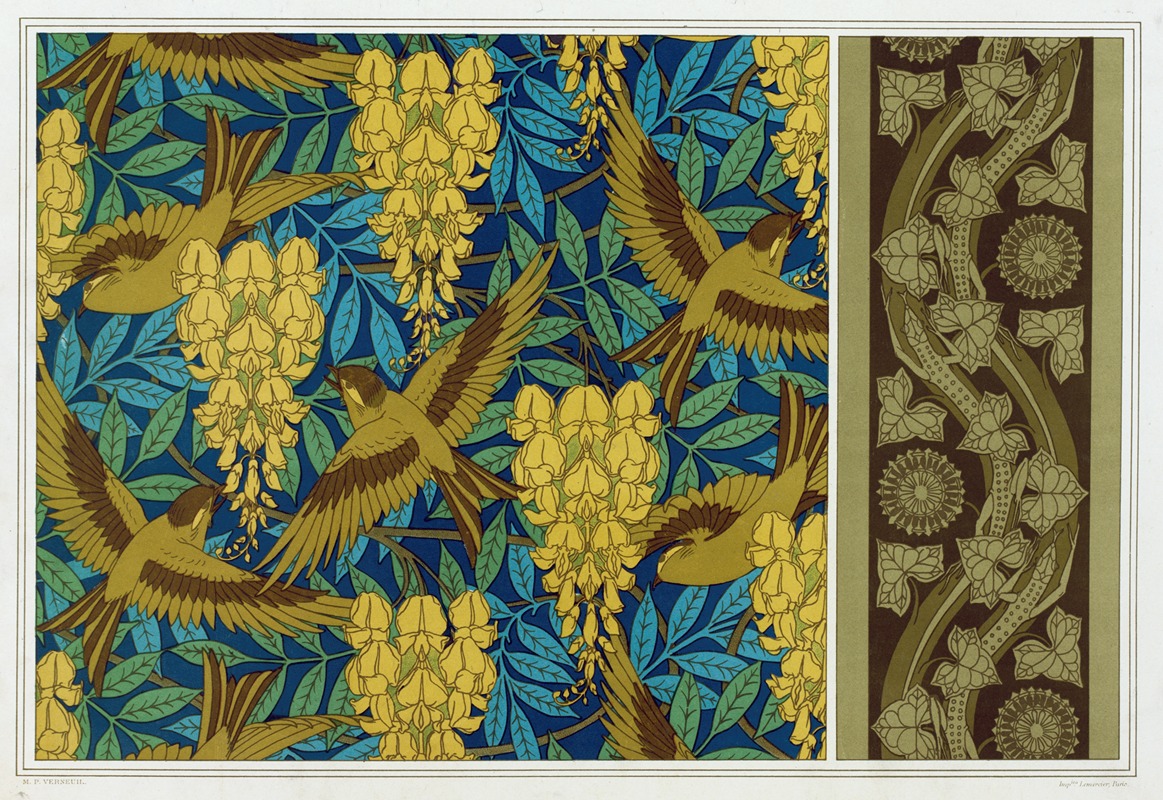
Oiseaux et glycines, tenture. Lézards et lierre, bordure.
A hand-painted replica of Maurice Pillard Verneuil’s masterpiece Oiseaux et glycines, tenture. Lézards et lierre, bordure., meticulously crafted by professional artists to capture the true essence of the original. Each piece is created with museum-quality canvas and rare mineral pigments, carefully painted by experienced artists with delicate brushstrokes and rich, layered colors to perfectly recreate the texture of the original artwork. Unlike machine-printed reproductions, this hand-painted version brings the painting to life, infused with the artist’s emotions and skill in every stroke. Whether for personal collection or home decoration, it instantly elevates the artistic atmosphere of any space.
Maurice Pillard Verneuil was a prominent French artist and designer known for his contributions to the Art Nouveau movement. His works often featured intricate patterns and natural motifs, reflecting the era's fascination with organic forms and the beauty of the natural world. One of his notable works is "Oiseaux et glycines, tenture. Lézards et lierre, bordure," which translates to "Birds and Wisteria, tapestry. Lizards and Ivy, border."
This piece exemplifies Verneuil's skill in combining decorative art with natural themes. The artwork is a tapestry design, a medium that was highly popular during the Art Nouveau period for its ability to bring art into everyday life through textiles. Tapestries were used to adorn walls, providing both aesthetic pleasure and practical insulation.
"Oiseaux et glycines" features birds and wisteria, a flowering plant known for its cascading clusters of purple or white flowers. The choice of wisteria is significant as it symbolizes beauty, love, and creativity in various cultures, aligning with the Art Nouveau ethos of integrating art with nature. The depiction of birds adds a dynamic element to the design, suggesting movement and life.
The border, "Lézards et lierre," incorporates lizards and ivy. Lizards, often associated with regeneration and survival due to their ability to regrow lost tails, might symbolize resilience and adaptability. Ivy, a plant that clings and grows in various conditions, could represent fidelity and eternity. Together, these elements create a harmonious balance between the central theme and the border, showcasing Verneuil's ability to blend different natural motifs into a cohesive design.
Verneuil's work was heavily influenced by the Japonisme movement, which brought Japanese art and aesthetics to Western audiences. This influence is evident in the stylized forms and the emphasis on line and pattern in "Oiseaux et glycines, tenture. Lézards et lierre, bordure." The use of flat colors and the integration of the subject with the background are reminiscent of Japanese woodblock prints, which were highly admired by Art Nouveau artists.
Throughout his career, Verneuil collaborated with other artists and designers, contributing to various publications that disseminated Art Nouveau designs. His works were featured in pattern books and design manuals, which were instrumental in spreading the Art Nouveau style across Europe and beyond. These publications served as resources for architects, designers, and craftsmen, influencing the decorative arts of the time.
"Oiseaux et glycines, tenture. Lézards et lierre, bordure" is a testament to Verneuil's mastery of design and his ability to draw inspiration from nature. It reflects the broader cultural and artistic trends of the late 19th and early 20th centuries, where there was a concerted effort to break away from historical styles and embrace new forms that celebrated the natural world.
In summary, Maurice Pillard Verneuil's "Oiseaux et glycines, tenture. Lézards et lierre, bordure" is a quintessential example of Art Nouveau tapestry design, characterized by its intricate patterns, natural motifs, and the seamless integration of art into everyday objects. It highlights Verneuil's contribution to the movement and his enduring influence on the decorative arts.





